Common Conditions Treated
Common Injuries that can be treated with Physiotherapy
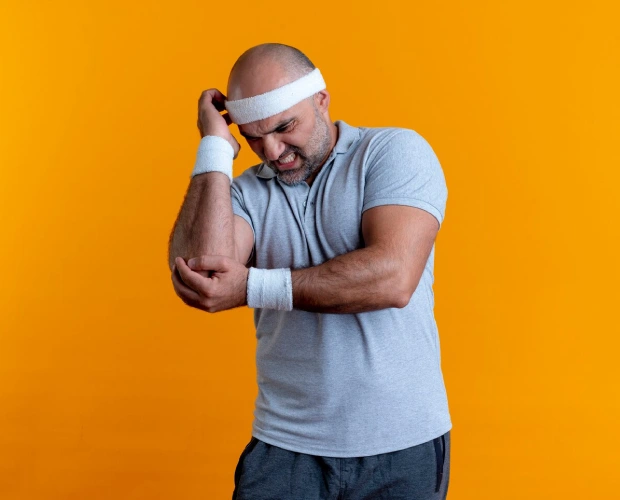
Muscle Injuries:
Most muscle injuries occur during work, exercise and sport. However, these injuries can occur in any situation given the right circumstances. Sometimes, we unknowingly experience muscle tears, muscle strains and pulled muscles. Common types of muscle injuries include Back Tears, Neck Tears, Shoulder Tears, Hamstring Tears, Groin Tears, and Calf Tears.
Treatment: For best results, early treatments of muscle injuries provides better outcome. Physiotherapy can help repair injured muscles properly by aiding the healing process. Appropriate massage are applied to remove inflammation and swelling of the muscles.
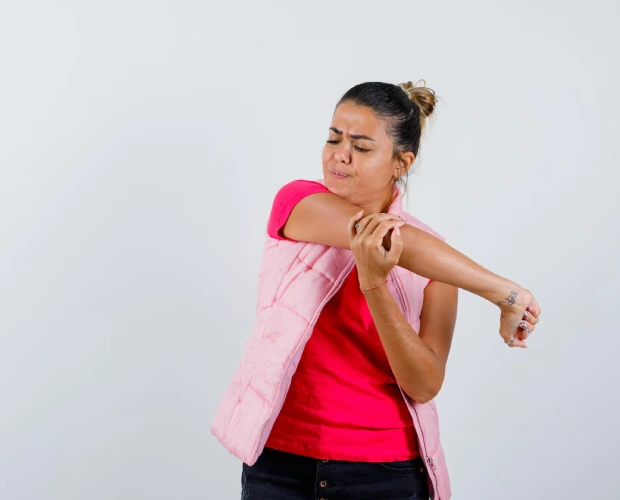
Muscle Tightness:
A common consequence of exercising and indulging in sport can be Muscle Tightness. It usually occurs when abnormal stress is placed on a muscle due to overuse, muscle imbalance, or poor Biomechanics. The muscle may tear if this abnormal stress is not reduced or the Biomechanics not corrected. We can look at muscle tightness as warning sign that the muscle is about to tear.
Treatment: Acupuncture is often used to treat muscle tightness. By targeting the appropriate acupuncture points, it can relieve stiffness in the upper traps and neck muscles. Massages are also effective on this kind of injury. Physiotherapy as a whole is an essential treatment option for this kind of injury.

Tendon Injuries
Tendon Injuries usually occur when the tendon becomes over stretched, over used, or torn. Tendons connect the muscles to the bones. The most common type of tendon injuries is Tendonitis where the tendon or tendon sheath has become acutely inflamed and subsequently causes Scar Tissue to form.

Tendon Ruptures
Given sufficient force, or following a prolonged period of Tendonitis/ Tendinosis, a tendon can completely rupture (classified as a grade III injury). Tendons that become chronically injured can contain large amounts of scar tissue. This scar tissue is poor and inflexible and weakens overtime. Weakened tendons can snap when sufficient force is placed through it.
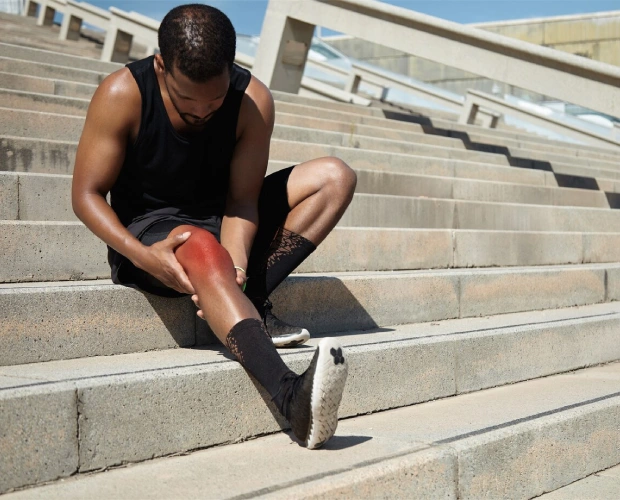
Ligament Injuries
Ligaments hold bones together to form joints. Though ligaments are naturally elastic and can stretch and twist, they can only stretch so far. Ligament Injuries or Ligament Strains usually occurs as a result of trauma where the ligaments have been stretched too far.

Joint Injuries
Joints (Synovial and Cartilaginous) are held together by ligaments and have Cartilage covering the articulate surface, i.e. the ends of both bones where movement occurs. Overstretching, or forcing a joint beyond its normal range will usually cause ligament injury. In severe cases, overstretched joints will dislocate.
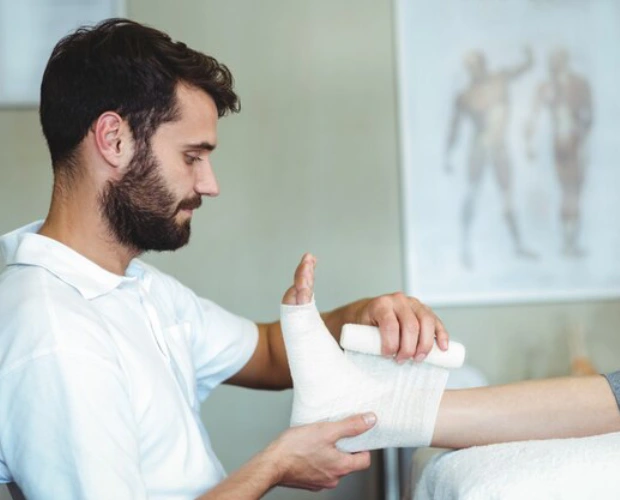
Bone Injuries
Bone Injuries (or Fractures) occur when there is a break in the bones continuity. Generally, bone injuries are caused by direct Trauma, Stress, Overuse, or underlying Pathology. The body replaces and strengthens bone on a regular basis. In areas of high stress, such as the bones of the lower leg or feet, bone-forming cells called Osteoblasts work over time to repair and strengthen bone. However, in the areas subjected to stress for a prolonged amount of time, Osteoblasts are unable to deal with the demand and weakness develops in bones. The weakened bone then gradually separates.
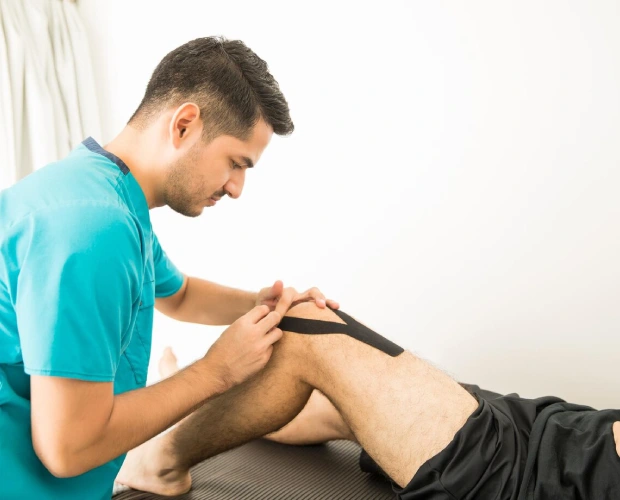
Myofascial Injuries
Fascia is a connective tissue that surrounds the whole body and keeps everything in place. Myofascial Injuries affect this tissue. Like any other soft tissue, Fascia is susceptible to stress and strain, and the effects of inflammation. When fascia runs close to the bone it can be susceptible to overuse injuries as repeated movement causes inflammation and pain due to friction.

Nerve Injuries
Nerves are responsible for carrying messages to and from the brain. Nerves enable the body to function properly. Injuries to the Nervous System can cause major disability as these messages are disrupted and instructions from the brain are not delivered properly. Nerves can become injured during trauma. Direct blows to the body or when a foreign object penetrates and breaks the skin causing deep lacerations to the soft tissue can cause traumatic Nerve Injuries. Serious bone injuries can also result in Nerve Injury since nerves are often situated next to or around bones.
Get In Touch With Us
Google Reviews
EXCELLENTTrustindex verifies that the original source of the review is Google. Tony 非常專業 非常有經驗 和善且有耐心Trustindex verifies that the original source of the review is Google. Would recommend Fiona Eastgate she is so caring and has always helped me . The staff are so helpful and friendly.Trustindex verifies that the original source of the review is Google. Great service. Got my hand treated here.Trustindex verifies that the original source of the review is Google. The whole Kinect team are friendly and wonderful. Sabrina is a fantastic physio including acupuncture. She works wonders.Trustindex verifies that the original source of the review is Google. Love this physio . They are all so friendly and helpful . They have all gone above and beyond to help me since I've started coming to see fiona . Highly recommend fiona and kinect .Trustindex verifies that the original source of the review is Google. Sabrina is great and always happy with her professionalism and service! Thank you all. You are a great teamTrustindex verifies that the original source of the review is Google. Very positive treatment. I have had Tony look after my condition for well over 15 years on a regular basis. I could not be happier with his treatment & have him to thank for making a progressive & difficult condition managable & most bearable. I have great praise for Tonys knowledge & care; recommending him to many friends & familyTrustindex verifies that the original source of the review is Google. Can't say enough for what Toni does for my back would recommend kinect physiotherapy to my family and friendsTrustindex verifies that the original source of the review is Google. WowWowWow Best ever After my visit What a relief !!


